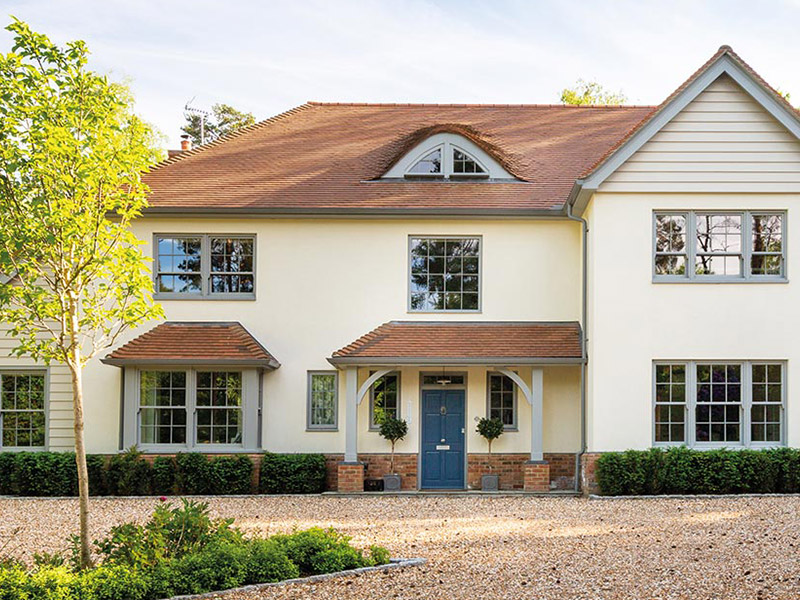
Introduction
In the contemporary workspace, the design and layout of offices play a crucial role in enhancing productivity, collaboration, and employee satisfaction. One of the most innovative solutions that have emerged in recent years is the use of glass partitions. Office glass partitions are increasingly being adopted by businesses of all sizes as they facilitate an open, airy environment while maintaining privacy and functionality. This study report delves into the various aspects of office glass partitions, including their types, benefits, installation processes, and considerations for businesses.
Types of Office Glass Partitions
Glass partitions come in various types, each serving different needs and preferences. The most common types include:

- Frameless Glass Partitions: These partitions are sleek and modern, featuring minimal metal framing. They provide an unobstructed view and an open feel, making them ideal for collaborative spaces.
- Framed Glass Partitions: Unlike frameless partitions, these include a metal frame that provides additional support and durability. They are often used in environments that require more robust structures.
- Modular Glass Partitions: These are prefabricated sections that can be easily installed and reconfigured. They are particularly advantageous for businesses that anticipate frequent changes in their office layout.
- Soundproof Glass Partitions: Designed to minimize noise, these partitions are made from specialized glass that offers sound insulation. They are essential in environments where confidentiality and focus are paramount.
- Frosted or Textured Glass Partitions: These partitions offer privacy while still allowing light to filter through. The frosted or textured finish can also add an aesthetic element to the office design.
Benefits of Office Glass Partitions
The adoption of glass partitions in office design comes with numerous advantages:
- Enhanced Aesthetics: Glass partitions contribute to a modern and sophisticated look, enhancing the overall aesthetic appeal of the office space. They can be customized with different finishes and designs to align with the company’s branding.
- Natural Light: One of the most significant benefits of glass partitions is their ability to allow natural light to permeate the office. This not only reduces the need for artificial lighting but also creates a more pleasant working environment.
- Improved Collaboration: Open office layouts foster collaboration and communication among employees. Glass partitions facilitate this by creating visually open spaces that encourage teamwork while still providing designated areas for focused work.
- Flexibility and Adaptability: As businesses evolve, so do their spatial needs. Glass partitions can be easily reconfigured or moved, allowing companies to adapt their office layout without extensive renovations.
- Sound Management: With the right materials and designs, glass partitions can help manage sound levels in the office. This is crucial for maintaining productivity, especially in open-plan environments.
- Privacy Options: While glass partitions create an open feel, they can also offer privacy through the use of frosted or tinted glass. This allows for confidential discussions without completely isolating employees from the surrounding environment.
Installation Process
The installation of glass partitions involves several key steps:
- Planning and Design: The first step is to assess the office layout and determine the specific needs of the business. This includes deciding on the type of glass partition, the layout, and any additional features such as doors or soundproofing.
- Measurements: Accurate measurements are crucial for ensuring a proper fit. This step typically involves professional installers who have experience with glass partition systems.
- Material Selection: Choosing the right type of glass and framing materials is essential for both aesthetics and functionality. Businesses may opt for safety glass, tempered glass, or laminated glass based on their requirements.
- Installation: Professional installers will handle the installation process, ensuring that the glass panels are securely mounted and aligned. This process may involve the use of specialized tools and techniques to ensure safety and durability.
- Finishing Touches: After installation, any necessary finishing touches, such as seals, trims, or hardware, are added to complete the look and functionality of the partitions.
Considerations for Businesses
While glass partitions offer numerous benefits, there are several considerations that businesses should keep in mind before implementation:
- Cost: The initial investment for glass partitions can be higher than traditional walls. However, businesses should consider the long-term benefits, such as increased productivity and reduced energy costs.
- Maintenance: Glass surfaces require regular cleaning to maintain their appearance. Businesses should factor in the costs and time associated with ongoing maintenance.
- Privacy Concerns: While glass partitions can provide privacy options, some employees may still feel exposed in an open environment. It is essential to balance the need for collaboration with the need for privacy.
- Building Regulations: Businesses must ensure that their installation complies with local building codes and regulations. Consulting with professionals can help navigate these requirements.
- Acoustic Performance: Not all glass partitions offer the same level of sound insulation. Businesses should assess their specific needs and choose partitions that provide adequate soundproofing, especially in environments where confidentiality is crucial.
Conclusion
Office glass partitions represent a modern solution to the challenges of workspace design. They offer a blend of aesthetics, functionality, and flexibility that aligns with the needs of contemporary businesses. By facilitating collaboration, allowing natural light, and providing options for privacy, glass partitions can significantly enhance the work environment. However, businesses must carefully consider the associated costs, maintenance, and privacy implications before making the transition. As the workplace continues to evolve, glass partitions will likely remain a popular choice for organizations seeking to create dynamic and efficient office spaces.








